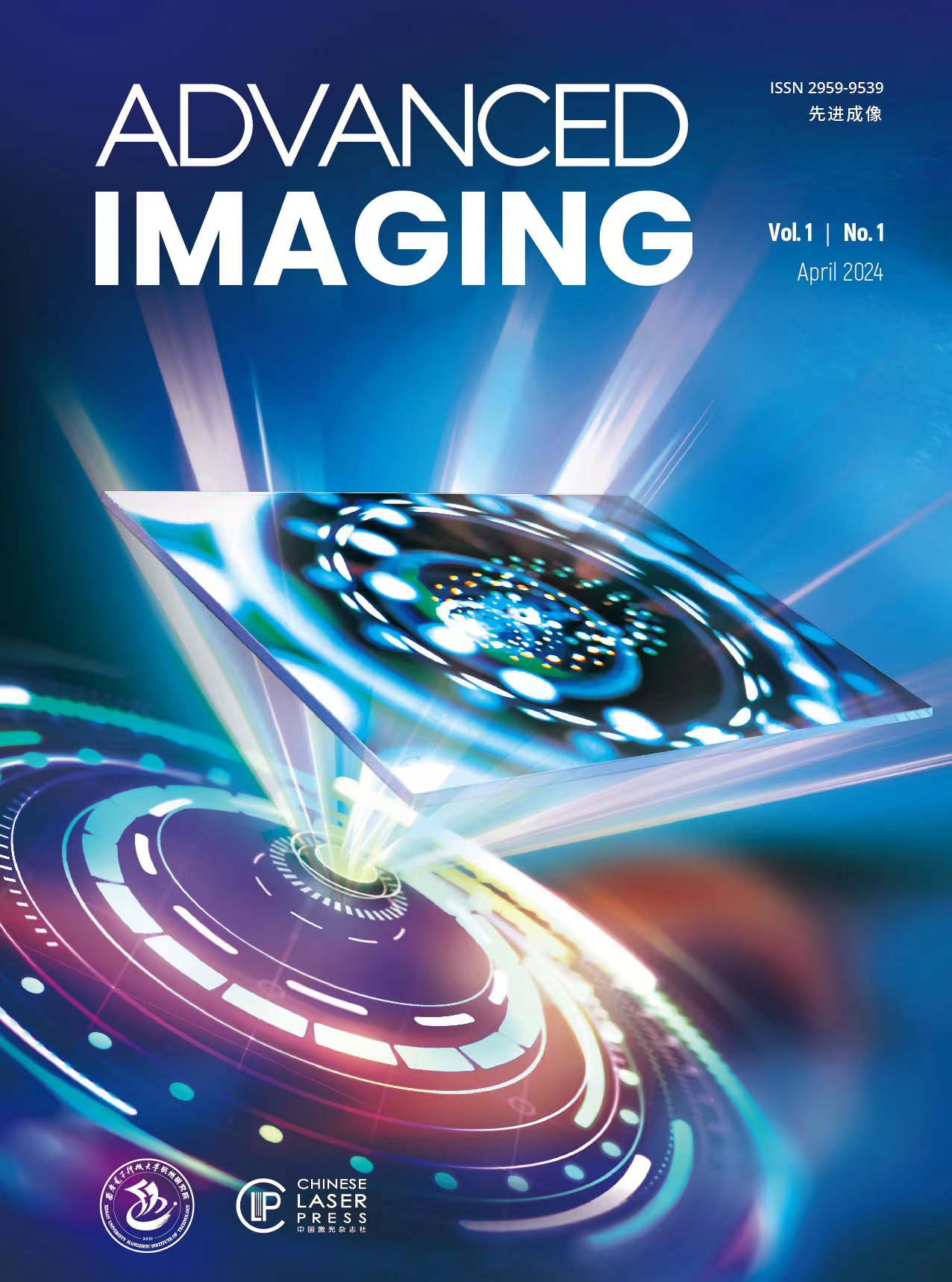Conventional imaging and detection methods face challenges in accessing small areas in industries like medicine and industry. Endoscopes offer detailed multi-dimensional image data in a compact, flexible form, facilitating enhanced diagnosis, identification, and monitoring. Fiber bundles, as the key components of flexible miniature endoscopes, consist of numerous spatial channels with fiber cores just a few hundred microns in diameter, facilitating direct transmission of two-dimensional images. However, image quality and resolution are often constrained by the size and spacing of the fiber core, posing challenges to meet increasing demands.
Recently, Prof. Fei Xu 's team at Nanjing University has introduced a novel method for enhancing image features through light field acquisition at the distal end of a fiber bundle. The research outcomes offer insights for advancing fiber imaging, image quality improvement, and computational imaging. The research results are published in Advanced Imaging, Vol.1, Issue 1, 2024: Haogong Feng, Runze Zhu, and Fei Xu. Feature-enhanced fiber bundles imaging based on light field acquisition [J]. Advanced Imaging, 2024, 1(1): 011002.

Fig.1 Schematic diagram of light field sampling and reconstruction using optical fiber bundles.
In traditional endoscopic imaging with fiber bundles, each fiber core typically serves as one pixel, allowing clear reconstruction of spatial features beyond twice the core's distance. This study employs the fiber bundle as an optical field sensor, diverging from a standard 2D image sensor, to capture and analyze incident light from various angles as shown in Fig.1(b). The researchers successfully decoded pattern features from the fiber bundle core to the high-frequency features of the actual image by developing a fiber bundle optical field sampling model. They expedited the extraction of hidden information in the fiber bundle end face patterns and accurately reconstructed high-frequency information in the far-end optical field using a generative adversarial network. The structural similarity index of the enhanced natural greyscale image (FM-R) improved by 12.7%, and the peak signal-to-noise ratio increased by 14.1%, as depicted in Fig. 2(a). Furthermore, this study successfully transformed greyscale images captured by the fiber endoscope into color images, achieving filterless color imaging using a monochrome camera. This breakthrough demonstrates how the in-core pattern enhances image saturation and enriches content illustrated in Fig. 2(b).
.png)
Fig. 2 Results of image enhancement using optical fiber bundles.
This study employs computational imaging to overcome traditional physical structure limitations on the resolution of endoscopic images using fiber bundles. It achieves simultaneous acquisition and decoding of multidimensional optical fields, paving the way for ultra-fine, highly flexible optical fiber endoscopy with high-resolution color imaging in confined spaces. This innovative technique serves as a model for optical coding-based computational imaging systems and holds promise for enhancing the imaging capabilities of optical fiber endoscopes in areas like biopsy diagnosis and clinical research.
Link:Feature-enhanced fiber bundle imaging based on light field acquisition


